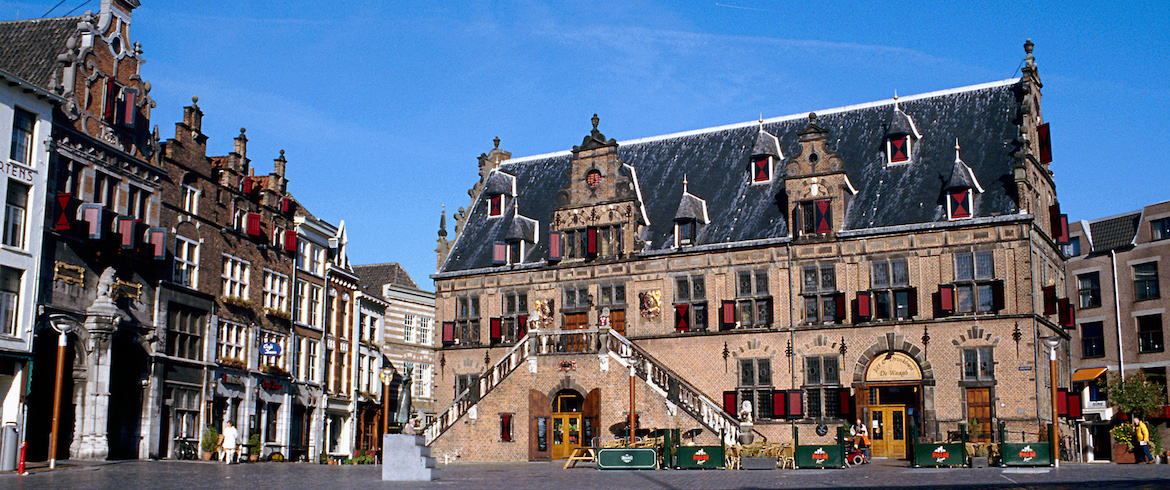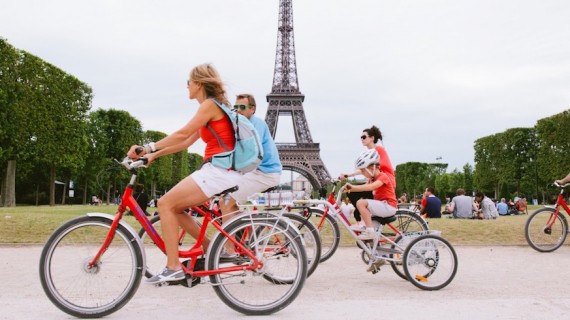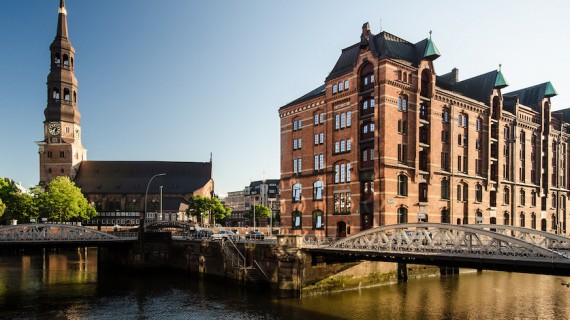Last summer, the European commission has appointed the new Green Capital of Europe: on 22 June in Ljubljana, who won the title in 2016, the city of Nijmegen, in the Netherlands, was awarded. We went to discover the best practices that have allowed this Dutch city to become the European Green Capital in 2018
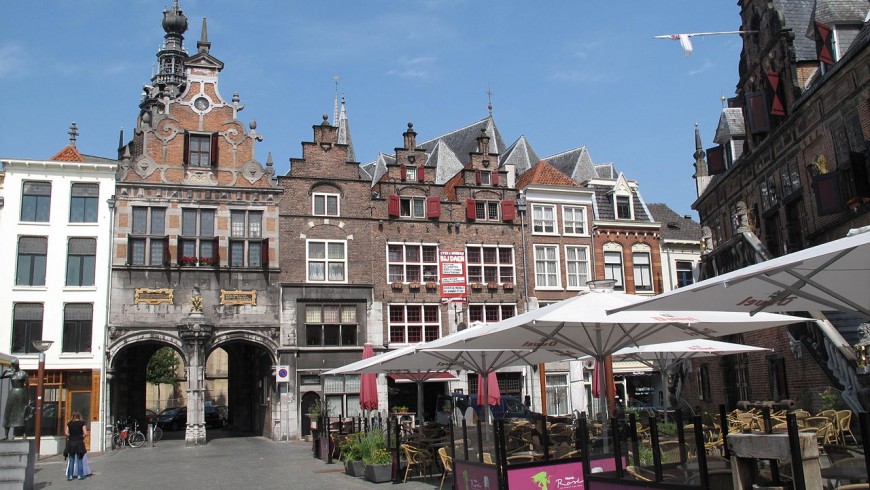
Nijmegen overlooks two rivers, the Waal River and the Meuse River, and is considered the oldest city in the country. Walking through the alleys and squares, we were struck by its atmosphere, poised between past and future. We breathe the typical Flemish atmosphere, with visible signs of 2000 years of history, in beautiful contrast with the futuristic look of the city center, which lives mainly in its dock and among the many cafes and restaurants.
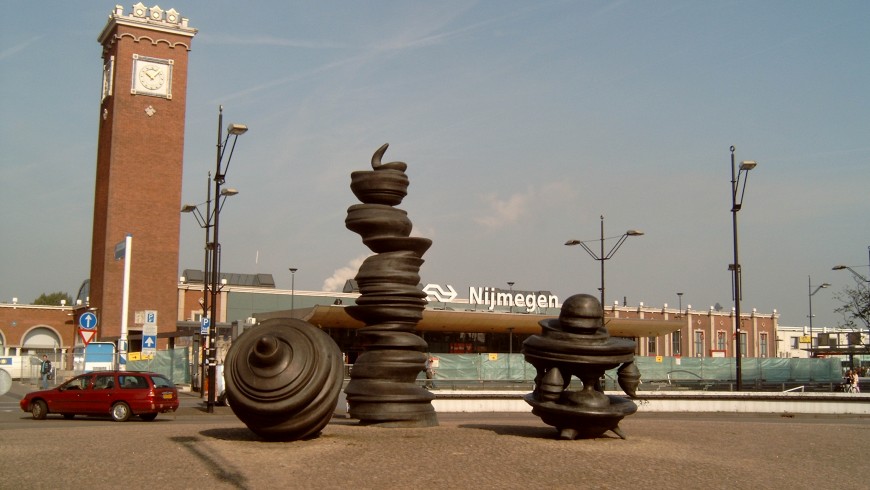
The city has been able to create an environment on a human scale, also focusing on renewable energies. Recently, the town has realized an entire energy-efficient district that makes exclusive use of clean energy. Four wind turbines will be soon implemented. The good service of public transport and bicycle paths allow residents not to use the car. All city buses run on environmentally friendly fuels; the houses along the road arteries are isolated from an acoustic point of view and separate collection is at record levels.
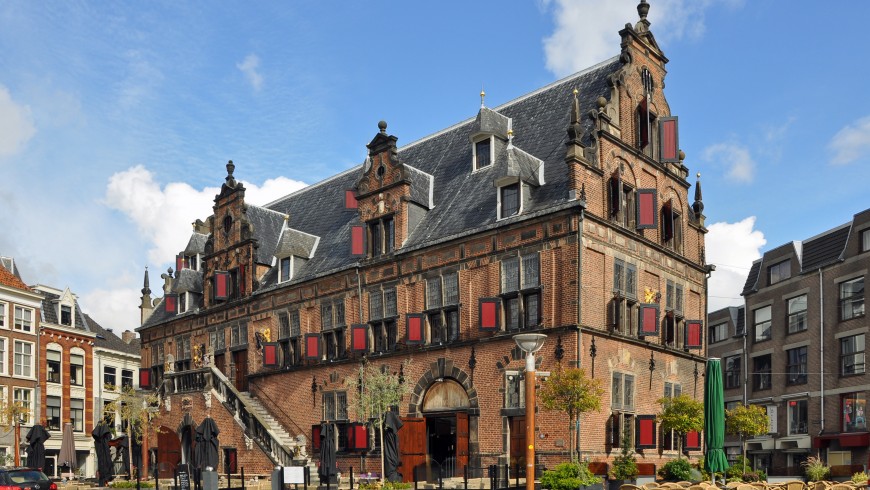
The city of Nijmegen has about 160,000 inhabitants and is primarily a city of university students. It is located a few kilometers from the border with Germany. Its surroundings are sometimes spectacular and perfect for a cycling holiday. In the hills that surround it you can see beautiful mills and the nature reserves of Ooijpolder and Duffelt are not far.
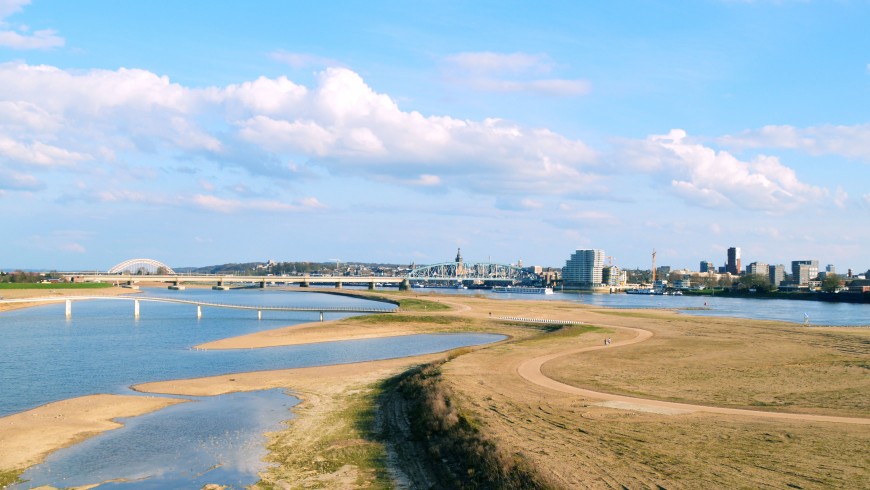
There are many green areas where locals and tourists can relax during the day and there are so many incredible views of the canals. The places not to miss during your stay in Nijmegen are definitely its castle and the museum dedicated to the bicycle, the Velorama.
Soon we’ll leave to discover the other winning city: the Irish city of Galway is the European Green Leaf, sustainability prize reserved for cities of 20,000 to 100,000 inhabitants.
